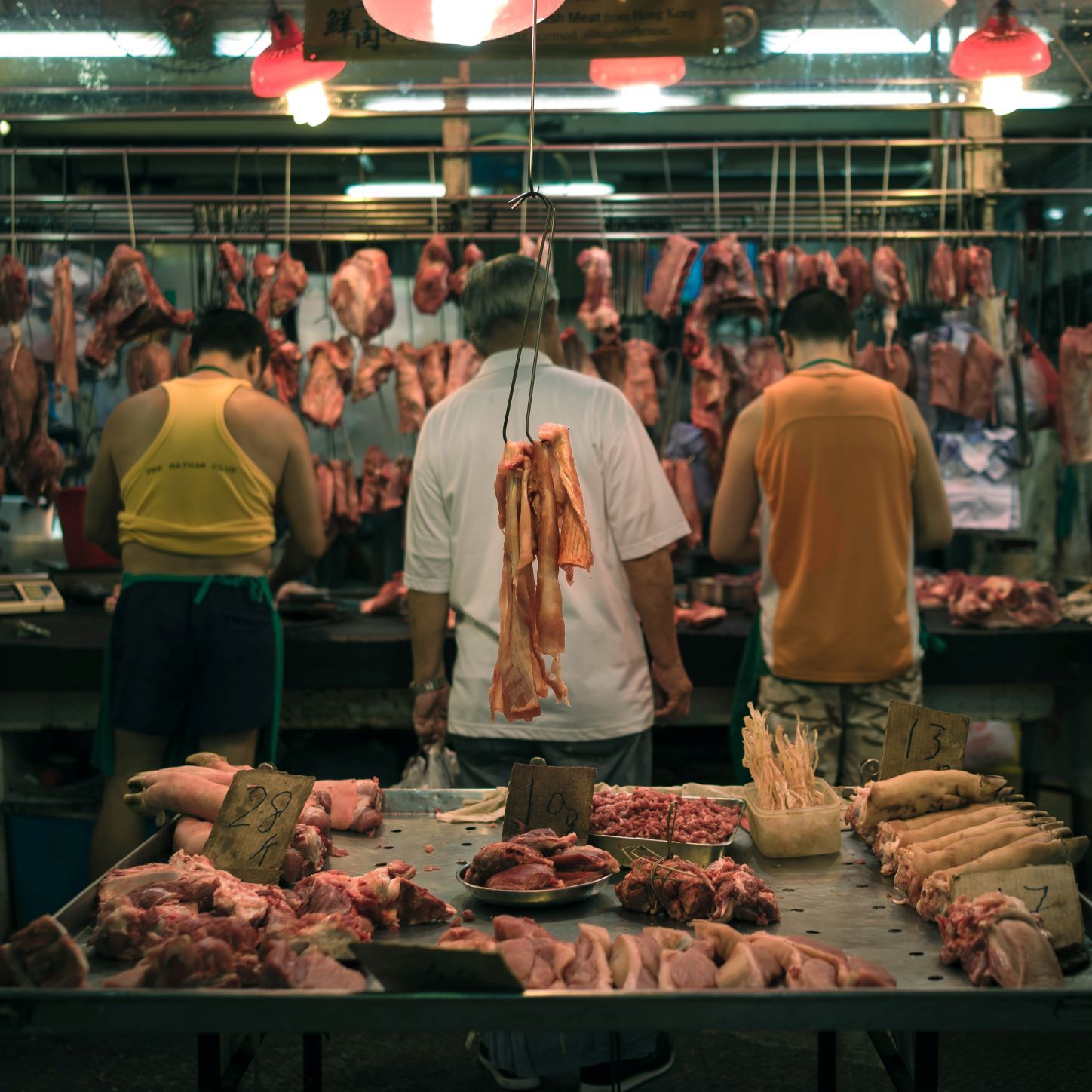
Lessons from Coronavirus: Food Security, Environmental Preservation, and Reducing the Spread of Zoonotic Diseases
by Gianna Compagno
According to Professor Andrew Cunningham, Zoological Society of London, coronavirus’ emergence “was not only predictable, it was predicted” [1]. His words, in light of the recent outbreak that has led the world to a desperate scramble for solutions, should call attention to the need for new practices as humanity attempts to better equip itself for the future.
As the world continues to intrude into wild spaces, humans are brought into contact with plants and animals that carry infectious diseases such as coronavirus. People crowding into cities, along with increased hunting and farming, has led to more contact between people and wildlife, increasing the risk of zoonotic disease transmission to humans [2]. Coronavirus is one such zoonotic disease; other zoonotic diseases (diseases that can be spread from animals to people [3]) include MERS [4], SARS [5], and HIV [6]. The World Health organization now predicts that “60% of all human pathogens have a zoonotic origin” [5].
In a study conducted by scientists from the US and Australia, published in Proceedings of the Royal Society B, it was found that zoonotic diseases often spread from wild animals “that have adapted well to human-dominated environments”, such as primates, rodents, and bats that often live in close proximity with humans. This study concluded that “the spillover risk was highest from threatened and endangered wild animals whose populations had declined largely due to hunting, the wildlife trade and loss of habitat” [2]. Thus, as humans continue to populate wild spaces, they are brought into ever-closer contact with animals that commonly carry infectious diseases like coronavirus.
Furthermore, the continuing illegal trade in wild animals and the tolerance of poorly regulated wet markets as food sources further presents the possibility of another outbreak [1]. Outrage over the Chinese government’s refusal to close its wet markets in light of speculation that COVID-19 spread to the human population from Wuhan’s Huanan Seafood Wholesale Market [6] has spread throughout the world. Amid controversies surrounding wet markets, it is important to understand what these actually are. Wet markets exist throughout parts of the Middle East and Asia, and most of them do not sell wild animals [7]. According to Dina Fine Maron, “Somewhat akin to farmer’s markets found around the world, wet markets are typically large collections of open-air stalls selling fresh seafood, meat, fruits, and vegetables” [6].
In a Tweet by the WHO’s Dr. Tedros, it was explained that “Wet markets are an important source of affordable food and livelihood for millions of people all over the world. But in many places, they have been poorly regulated and poorly maintained.” The WHO called for wet markets to be allowed to reopen as long as they follow hygiene and food safety standards [7]. The hygiene of practices must be emphasized, as the sale and slaughter of wild animals makes the spread of zoonotic diseases from humans to animals easier, especially when animals are kept in cramped and dirty conditions [6].
Moving forward, efforts must be made to limit the chance of spreading new diseases from animals to people. A step in the right direction will be to alter resource and food demand in wealthy and disadvantaged countries alike [1]. The world must make a move towards allowing populations to have safe access to necessary, hygienic food and resources if the further outbreak of zoonotic diseases is to be prevented. The world must also take steps to conserve wildlife habitats. These necessary steps will require intensive global collaboration and domestic changes in order to help the world avoid the next pandemic.
Sources
1: http://cambridgeglobalist.org/?p=2022&fbclid=IwAR2L0OKsO5ro-2CbI39exz9FsUtfCQef9_6nuWoub_BZ5YOUmASlps6RtEY
2: https://www.theguardian.com/environment/2020/apr/08/human-impact-on-wildlife-to-blame-for-spread-of-viruses-says-study-aoe
3: https://www.medicinenet.com/script/main/art.asp?articlekey=12958
4: https://www.livescience.com/65417-top-concerning-zoonotic-diseases.html
5: https://abc7news.com/where-did-coronavirus-come-from-originally-what-is-the-cause-of-really-covid/6175783/
6: https://www.nationalgeographic.com/animals/2020/04/coronavirus-linked-to-chinese-wet-markets/#close
7: https://www.npr.org/sections/coronavirus-live-updates/2020/04/23/842178010/u-s-pressures-china-to-close-wet-markets-thought-to-be-source-of-covid-19


